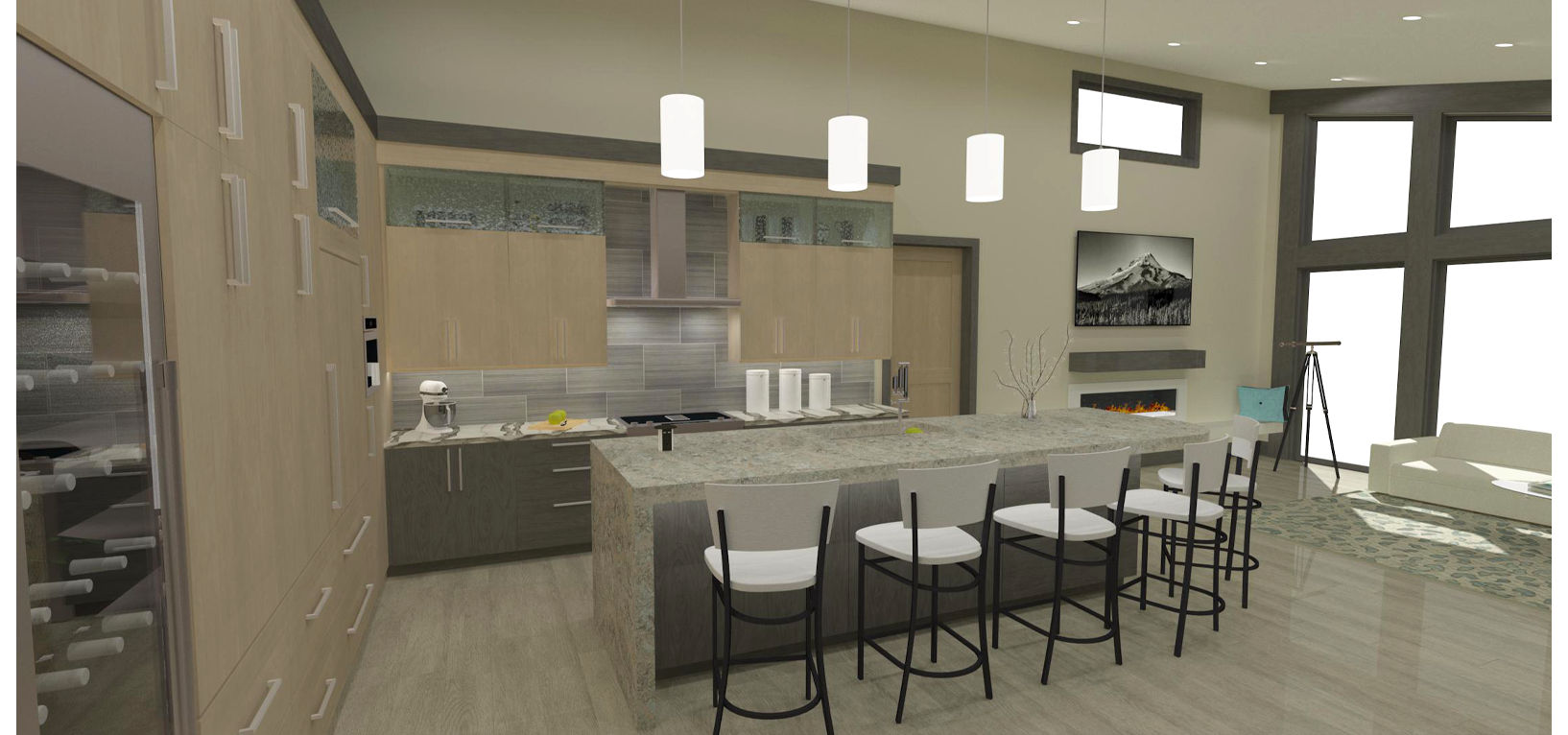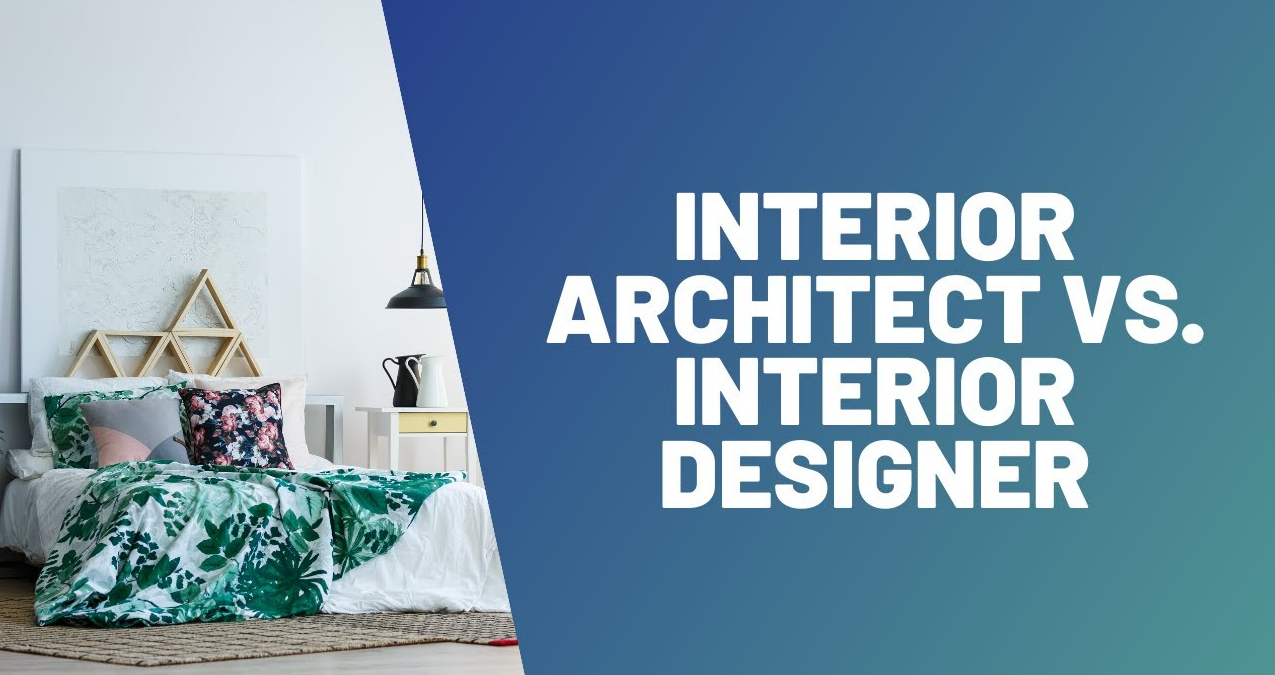Leading Architectural Experts in Hampshire for Custom and Innovative Designs
Leading Architectural Experts in Hampshire for Custom and Innovative Designs
Blog Article
Designing Your Desire Area: The Influence of Interior Design and Home Engineer on Home Aesthetic Appeals
The magic of making a dream home lies not only in architectural expertise but likewise in the delicate creativity of indoor style. These two techniques intertwine, with design giving the skeletal framework while indoor style breathes life into the room with furnishings, shade, and appearance choice (Countryside Homes interior design). This seamless combination results in a tailored sanctuary that reverberates with the house owner's identity and way of life preferences. But just how does this harmonious mix influence home looks and, subsequently, our lives? Keep tuned to check out even more.
The Intersection of Interior Design and Design: Greater Than Fulfills the Eye
Although many individuals think that interior decoration and style are two separate disciplines, a closer exam discloses an interesting crossway in between the two. Architecture lays the structure, giving the shell within which interior style operates. Nevertheless, the kind and feature of a space are not entirely determined by its building layout. Interior Design plays a crucial duty in finishing a framework and improving's building elements, concentrating on the selection and discussion of indoor items such as furnishings, fixtures, and surfaces. It is the interplay of these 2 self-controls that brings a room to life, transforming it from a simple structural entity right into an all natural, lived experience. This symbiotic relationship highlights the value of integrating architectural concepts right into interior design, and vice versa, to accomplish an unified and visually pleasing setting.
Taking advantage of the Power of Colors and Textures in Home Style
While the structure of a home may be the canvas, it is ultimately the usage of shades and textures within indoor design that brings the vision to life. Textures play a pivotal role in adding depth and personality to a space. By understanding the psychological effect of shades and tactile allure of structures, one can successfully change a home into a emotionally interesting and visually engaging home.

The Function of Furniture in Defining Space and Lifestyle
Furniture serves as a defining component in interior layout, affecting both area and way of life. The selection of furnishings can considerably influence the assumption of room, with larger pieces producing an impact of magnificence, while smaller sized, minimal styles can make a room appear roomy. Hence, furnishings selection plays an essential duty in individualizing and specifying space, with each item offering as a testimony to the homeowner's special identification.

Architectural Considerations for Personalized Spaces
Past the significant role of furniture, architectural factors to consider also play a pivotal component in personalizing rooms. The design, style, and framework of a home can dramatically impact its general visual, functionality, and the occupants' convenience. Recognizing the home's architectural aspects, such as the shapes and size of spaces, the placement of doors and windows, and the kind of products made use of, can assist one tailor their space to their lifestyle and choices. In addition, architectural components like arches, fireplaces, columns, and stairways can work as the prime focus of a room. Stabilizing these architectural information with suitable furnishings, Luxury home architect color design, and lighting can develop a unified and individualized atmosphere. Design, consequently, is a vital aspect in developing one's desire area.
The Psychological Effect of Aesthetically Pleasing Spaces
The influence of aesthetically pleasing areas on human psychology is profound. These atmospheres not just interest the detects however also add to an individual's general well-being. They can promote creative thinking, generate leisure, and even affect mood. Shades, patterns, and textures can evoke psychological feedbacks, while the format and illumination can influence behavior and communications. A well-designed area, with its mindful balance of aesthetic appeals and functionality, can foster a feeling of consistency, advertising positivity and performance. Conversely, improperly developed rooms can click here for more info engender feelings of discomfort or stress and anxiety. Indoor design and design are not merely regarding creating aesthetically enticing areas, yet additionally concerning growing settings that boost emotional health and contentment.

Conclusion
To conclude, producing your desire space is a nuanced process that stabilizes the architectural components of style with the visual choices of interior style. By carefully selecting shades, appearances, and furniture, you can craft spaces that not just look attractive however also functionally serve your way of living. Inevitably, the effective combination of these self-controls promotes wellness, triggers creative thinking, and cultivates a feeling of individual identification within the home.
Designing Your Desire Space: The Impact of Inside Layout and Home Architect on Home Visual Appeals Countryside Homes interior design.
The magic of developing a desire home lies not only in architectural expertise but additionally in the delicate virtuosity of indoor style. These two techniques intertwine, with architecture giving the skeletal structure while interior style breathes life right into the space with furnishings, shade, and appearance choice.Furnishings serves as a defining component in indoor design, affecting both room and way of life.In final thought, creating your desire area is a nuanced procedure that stabilizes the architectural elements of architecture with the visual options of my latest blog post indoor design.
Report this page